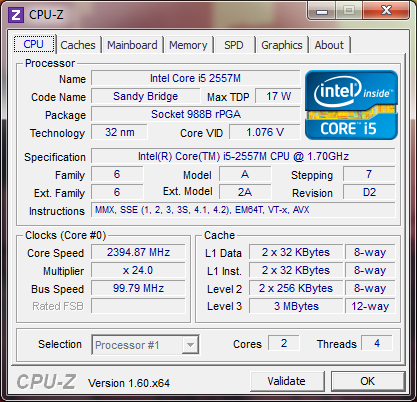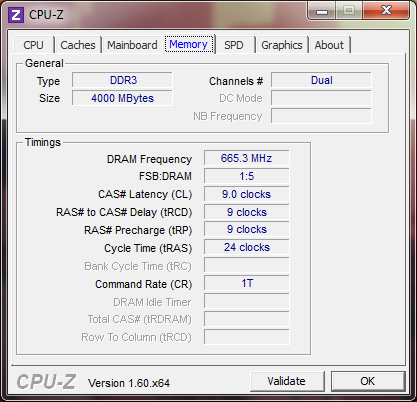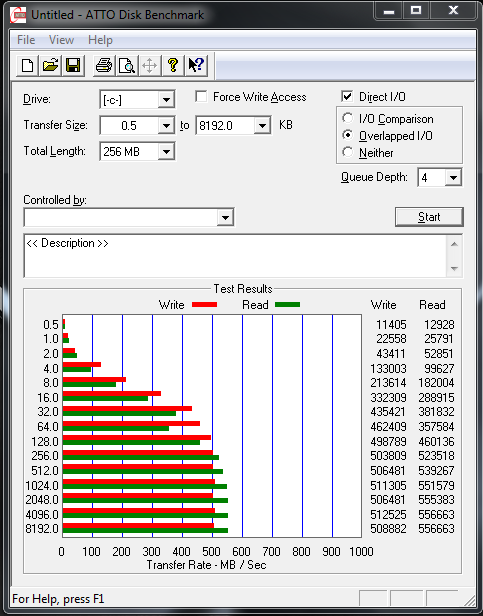Index
The ASUS ZenBook UX31E-DH52 is the company's premium $1049.99 model and has the second highest level in the price chart, packing a 32nm Intel Core i5 2557M 1.70GHz dual-core Sandy Bridge processor, 4GB of DDR3 1333MHz RAM and a speedy 128GB A-DATA XM11 mSATA SSD, all of which help deliver surprising performance and system responsiveness in an ultra-slim, lightweight form factor.


This Sandy Bridge based processor supports hyperthreading, packs 3MB of L3 cache, and most importantly it can hit 2.70GHz in Turbo Mode. However, it has been throttled down to 2.40GHz in the UX31E. The TDP stands at 17W, but bear in mind that the figure also includes integrated Intel HD 3000 graphics, running anywhere between 350MHz and 1150MHz depending on load.
Of course, the company's flagship ASUS ZenBook UX31E-DH72 is the highest priced model at $1449.99, featuring a 32nm Intel Core i7 2677M 1.80GHz dual-core Sandy Bridge processor, 4GB of DDR3 1333MHz RAM and a 256GB A-DATA XM11 mSATA SSD. The rest of the hardware specifications remain the same across the entire ZenBook lineup.
In the past before ultrabooks came around, it was often thought that a performance enthusiast would need to sacrifice the luxury of an ultra-thin, lightweight form factor design for a semi-slim, ultraportable notebook with a minimum of 20mm thickness in order to compensate for a traditional 2.5-inch SSD, preferrably based on the SATA III specification. Intel has managed to disprove this requirement with its Ultrabook platform, which uses 1.8-inch mSATA SSD sticks - or "mini PCI-Express SATA SSDs." Moreoever, industry experts and engineers have ultimately learned that the advent of solid state drives and the continuation of Moore's Law for NAND flash basically makes larger form factors obsolete from a purely technical standpoint. It is therefore a quest for them to see how small we can go without jeopardizing performance, capacity and flexibility - and the Intel Ultrabook platform is a great contender for the challenge.
In regards to mSATA SSD performance, we have learned through some digging that results can actually vary between ASUS ZenBook users, seeing as the company sources its SSDs from two separate vendors - ADATA and SanDisk. As AnandTech wrote back in October, ADATA provides all 128GB mSATA SSDs for premium ZenBooks while SanDisk provides the 256GB mSATA SSDs for the flagship model. Nevertheless, the 128GB drive included in our ZenBook UX31E-DH52 is based on the SandForce SF-2281 firmware controller and is easily able to break 500MB/s on highly compressible datasets. In particular, folks over at TheSSDReview have noted that the 128GB SandForce-based drive displays typical results of 556MB/s reads and 508MB/s writes, while the 256GB Sandisk-based U100 drive has lower results at 490MB/s reads and 272MB/s writes.
Image source: TheSSDReview
Perhaps one of the most enjoyable applications to run on an Ultrabook with adequate SSD performance and GPU compute power is Google Earth. We downloaded and installed Google Earth 6.2.0.5905 (Beta) and configured its settings for Anisotropic Filtering on High, Anti-Aliasing on Medium and Terrain Quality at 75-percent. While the application performed at a decent framerate (above 20fps) on Windows 7's Power Saver mode, we noticed a significant framerate speed-up by switching over to High Performance mode. The latter mode does kick on the system CPU fan during intense processing operations, but the noise level is very minimal and almost a non-issue on this ultrabook.
A larger screenshot can be found here.
We were able to view a real-time rendering of Downtown Los Angeles, Southern California in stunning visual detail at 1600 x 900 pixel resolution on the gorgeous IPS-based LCD panel. Unfortunately, after enabling 3D Buildings the framerate dropped down to an abysmal 4 - 5fps. Nevertheless, it isn't a secret that Google Earth is very CPU-bound and storage subsystem-dependant in terms of performance, and we ultimately didn't expect the Sandy Bridge integrated graphics core to be capable of rendering 30+fps with the specified quality settings.



